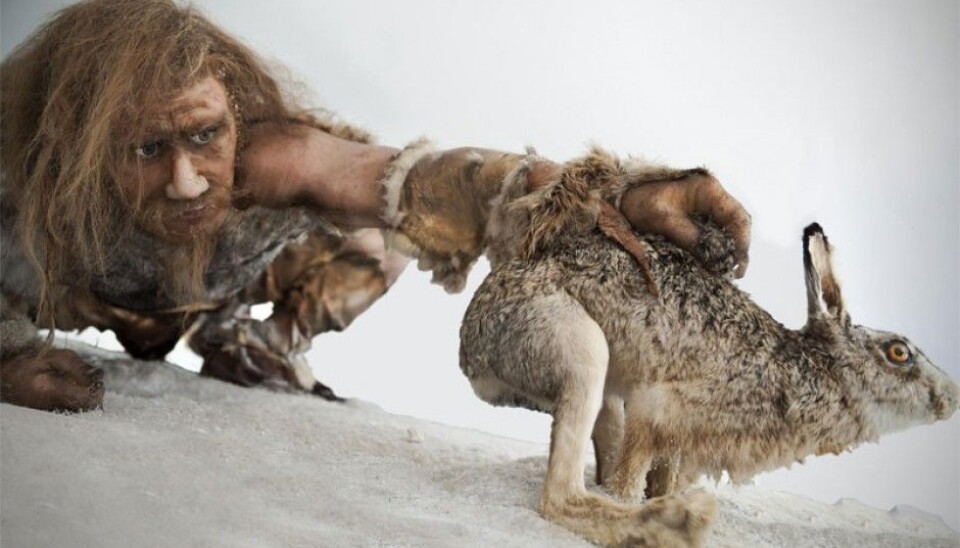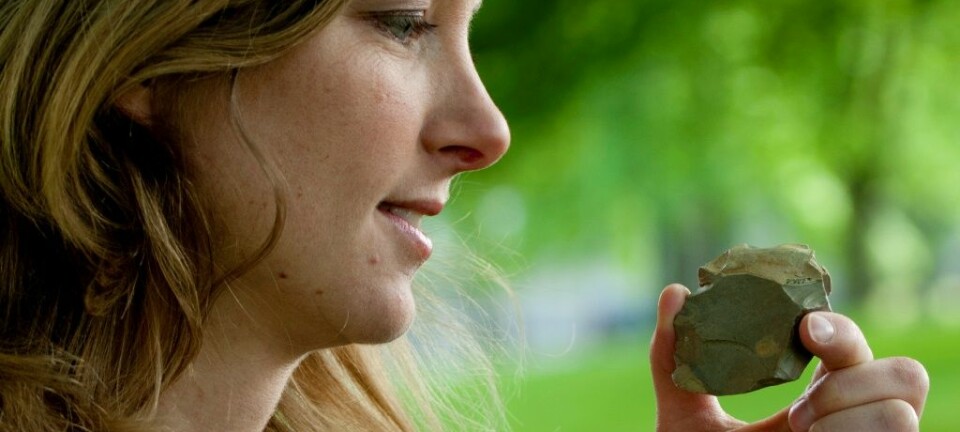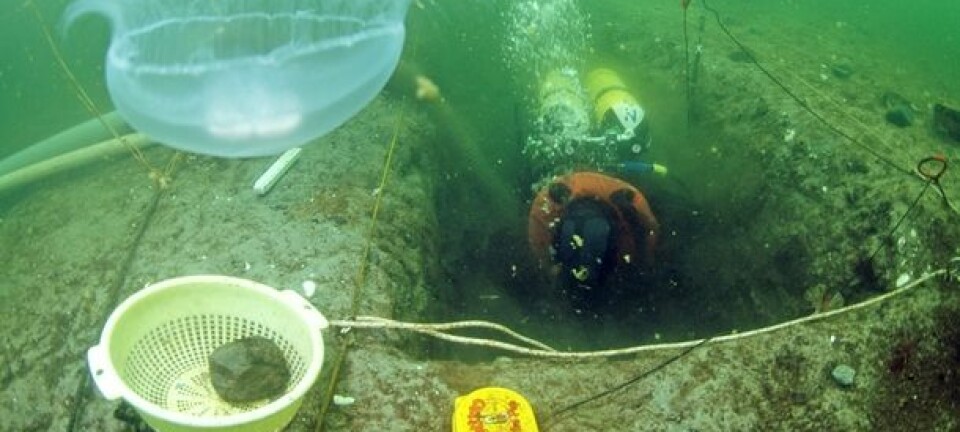
Nordic fare slims you as well as a Stone Age diet
Official Nordic dietary recommendations help elderly, overweight women to lose weight just as well as if they were on Palaeolithic diets.
Many say we should eat the way our ancestors did in back when they were hunter-gatherers, in the Stone Age, with a focus on meat, fish, eggs, vegetables, nuts, berries and fruits.
A big difference between what our distant ancestors ate and a modern diet is the lack of grains and dairy products in the Stone Age. Palaeolithic people did not have agriculture.
How beneficial is such a diet for us? Researchers disagree as to whether “cave man” food actually makes for a fully healthy diet.
Recent studies have found that a Stone Age diet makes people slimmer than the official Nordic dietary recommendations.
But a new Swedish study indicates that at least for post-menopausal overweight women, following the Nordic public health departments’ advice works about as well as eating like a cave woman.
Ate as much as they wanted
A Swedish doctoral dissertation from Umeå University compared the effect of these two diet options for two years on 70 women.
One group followed a Stone Age diet while the other stuck to a diet based on the Nordic Nutrition Recommendations for 2012.
This is advice agreed upon by expert nutritionists from the Nordic countries which forms the basis for the official Nordic diet recommendations.
The Nordic suggestions for your table include more fish, vegetables, fruit and berries, tubers, nuts and seeds. The authorities want us to eat less red meat and recommend whole-grain products, vegetable oils and low-fat dairy products.
Both groups were allowed to eat as much as they liked.
Smaller waists
After six months both groups had lost weight, had less total body fat and trimmer waistlines. The Stone Age group had the most success with the change in diet.
But after two years there were no differences between the two groups with regard to the three measurements.
“One explanation of the positive effects on health could be that the subjects generally think more about what they are eating and consume fewer calories when they are going on a diet,” says Caroline Mellberg, the doctor who took her PhD on the study at Umeå University.
The participants in the study ate less and stuck to more healthy foods than they did before the experiment started.
Less harmful fat
Paleolithic fare did confer some advantages that were not seen in the women who followed the modern official recommendations.
The women who stuck to a “cave woman” diet had lower levels of fats (triglycerides) in their blood. High blood fats can contribute to diseases.
Women run higher risks of cardiovascular disease and diabetes after menopause. This is probably because their body fat moves from their hips and buttocks to the stomach. So it is important to reduce waistlines.
The two groups had less liver fat than before dieting. This can help prevent diabetes and cardiovascular disorders.
Both groups’ liver sensitivity for insulin improved during the test period, but after two years had returned to original levels.
Stone Age people ate some carbs
Compared to us today, people in the Stone Age consumed a lot of protein, little fat and few carbohydrates.
They had no bread, rice or pasta, but they got carbohydrates from roots and from the seeds of water plants and wild grasses.
There are exceptions. Archaeological digs have found evidence indicating that certain hunter-gatherer tribes could have baked bread from wild grains.
----------
Read the Norwegian version of this article at forskning.no
Translated by: Glenn Ostling









